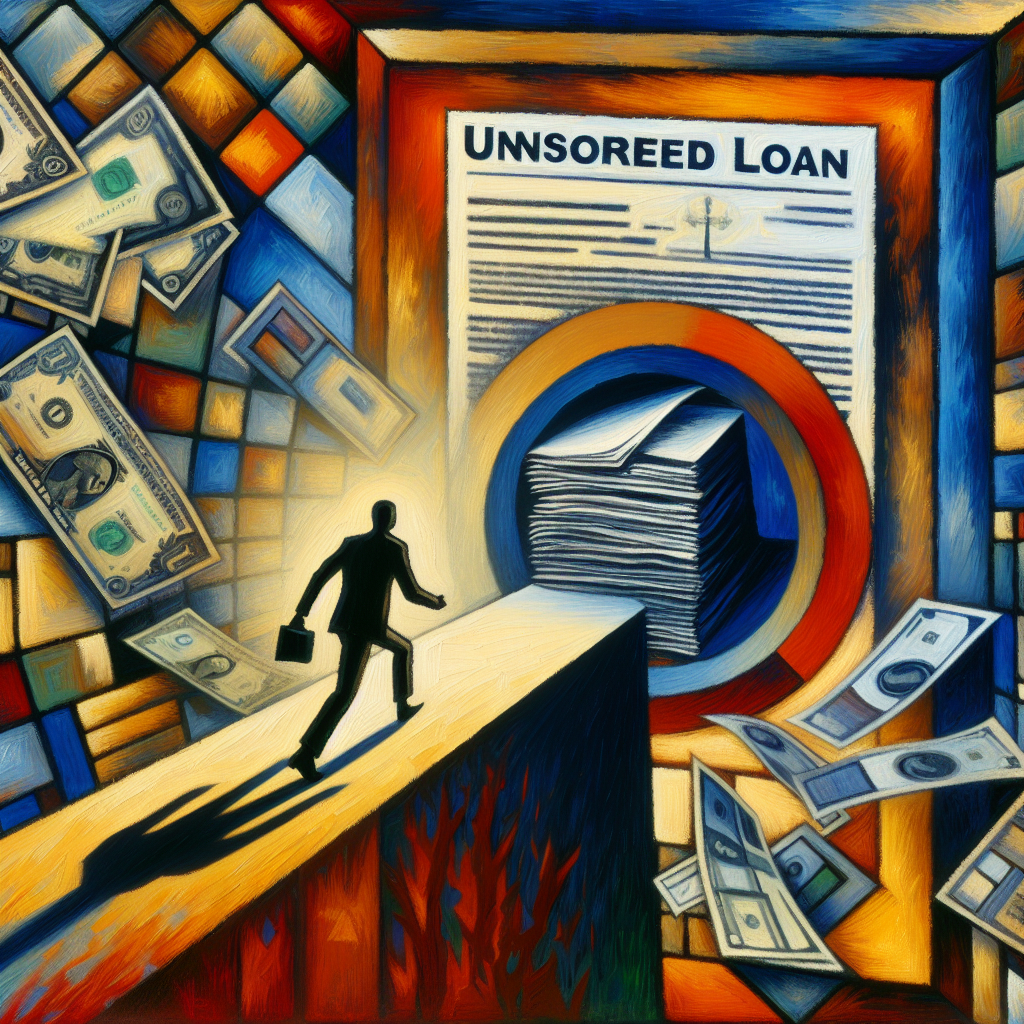Un Secured Loan

Borrow with freedom, no collateral required.
An unsecured loan is a type of loan that doesn’t require the borrower to provide collateral. This means the lender does not have a claim to any specific asset of the borrower if they fail to repay the loan. Instead, unsecured loans are approved based on the borrower’s creditworthiness, which is typically assessed through credit scores, income, and credit history. Common examples of unsecured loans include personal loans, student loans, and credit cards. Because they pose a higher risk to lenders, unsecured loans often come with higher interest rates compared to secured loans, where the loan is backed by collateral.
Ready to get the financial flexibility you need without the hassle of collateral? Apply now for an unsecured loan! Click here to secure your loan instantly with our easy approval process.
Understanding Un Secured Loans: Risks and Benefits
Unsecured loans represent a financial tool that many individuals and businesses utilize to meet their immediate monetary needs. Unlike secured loans, which require collateral such as property or assets to back the loan, unsecured loans are granted based primarily on the borrower’s creditworthiness. This distinction carries with it a unique set of risks and benefits that are crucial for potential borrowers to understand before entering into such an agreement.
At the heart of the unsecured loan’s appeal is the absence of collateral. This feature is particularly attractive to those who may not possess significant assets to offer as security or who do not wish to risk their property. Consequently, unsecured loans can be more accessible, especially for young adults or startups that have not yet accumulated substantial capital. Moreover, the application process for unsecured loans is often streamlined, resulting in quicker approval times. This can be a significant advantage for those who need funds swiftly to seize an opportunity or to address an unexpected financial emergency.
However, the very nature of unsecured loans that makes them accessible also introduces a higher level of risk for the lender. Without collateral to fall back on, lenders are exposed to greater potential losses if the borrower defaults on the loan. To mitigate this risk, lenders typically require a higher credit score from applicants of unsecured loans. They may also charge higher interest rates compared to secured loans, which can significantly increase the cost of borrowing over time. These higher rates serve as a protective buffer for the lender but can be a deterrent for borrowers who are sensitive to the cost of capital.
Furthermore, the approval of an unsecured loan is heavily dependent on the borrower’s credit history and income stability. Lenders scrutinize these factors to assess the likelihood of repayment. A strong credit history suggests a pattern of financial responsibility, while a stable income indicates the capacity to meet monthly payments. Those with less-than-ideal credit or variable income may find it challenging to qualify for an unsecured loan, or they may be offered less favorable terms.
Despite the higher interest rates, unsecured loans offer a degree of flexibility that can be beneficial. Borrowers are not restricted in how they can use the funds, which allows for a wide range of applications, from consolidating debt to funding a wedding or financing a small business venture. This versatility is a significant draw for many who prefer not to be constrained by the specific uses dictated by some secured loans.
It is also worth noting that while borrowers do not risk losing a specific asset if they default on an unsecured loan, there are still serious consequences. Defaulting can lead to legal action, damage to one’s credit score, and difficulties in obtaining future credit. Therefore, it is imperative for borrowers to carefully consider their ability to repay an unsecured loan before proceeding.
In conclusion, unsecured loans offer a valuable financial resource for those who either lack collateral or prefer not to offer it. The benefits of accessibility, speed, and flexibility must be weighed against the risks of higher interest rates and the potential impact on creditworthiness. As with any financial decision, a thorough evaluation of one’s financial situation and an understanding of the loan terms are essential to ensure that the choice of an unsecured loan aligns with the borrower’s needs and capabilities. By doing so, individuals and businesses can leverage unsecured loans to their advantage while minimizing potential drawbacks.
How to Qualify for an Un Secured Loan: Tips and Strategies

Un Secured Loan: How to Qualify for an Un Secured Loan: Tips and Strategies
In the realm of personal finance, obtaining an unsecured loan can be a strategic move for individuals seeking funds without the requirement of collateral. Unlike secured loans, which are backed by assets such as property or vehicles, unsecured loans are granted based on the borrower’s creditworthiness and promise to repay. Consequently, lenders face a higher risk, which often translates into stricter qualification criteria and higher interest rates for borrowers. However, with the right approach and preparation, qualifying for an unsecured loan can be a feasible goal.
First and foremost, a strong credit score is paramount when it comes to securing an unsecured loan. Lenders view your credit score as a reflection of your financial responsibility and the likelihood of you repaying the loan. To enhance your credit score, ensure that you consistently pay bills on time, reduce outstanding debt, and avoid opening new credit accounts unnecessarily. Regularly monitoring your credit report for errors and disputing any inaccuracies can also help maintain a clean credit history, which is attractive to potential lenders.
Moreover, a stable and sufficient income is another critical factor that lenders consider. It provides assurance that you have the means to meet monthly payments. Before applying for an unsecured loan, it is advisable to have a steady job or a consistent source of income that you can document. Lenders may request pay stubs, tax returns, or bank statements as proof of income, so having these documents organized and readily available can streamline the application process.
In addition to creditworthiness and income stability, your debt-to-income (DTI) ratio plays a significant role in the qualification process. This ratio compares your monthly debt obligations to your gross monthly income, and a lower DTI ratio indicates a better balance between debt and income. Lenders typically prefer a DTI ratio of 40% or less; therefore, paying down existing debts can improve your chances of qualifying for an unsecured loan.
Furthermore, it is beneficial to have a clear and realistic purpose for the loan. Whether it’s consolidating debt, financing a major purchase, or covering unexpected expenses, being able to articulate how the funds will be used can demonstrate to lenders that you have a sound plan for repayment. This clarity can also help you determine the appropriate loan amount, ensuring that you do not borrow more than necessary and can comfortably afford the repayments.
When preparing to apply for an unsecured loan, it is also wise to shop around and compare offers from multiple lenders. Interest rates and terms can vary significantly, so taking the time to research and negotiate can lead to more favorable loan conditions. Be mindful of the fine print, including any fees or penalties, which can add to the cost of the loan.
Lastly, consider building a relationship with a financial institution. Those who have a history with a bank or credit union may find it easier to qualify for an unsecured loan, as the lender already has insight into their financial habits and trustworthiness.
In conclusion, while qualifying for an unsecured loan requires careful planning and attention to financial details, it is certainly within reach with the right strategies. By maintaining a strong credit score, demonstrating income stability, managing debt effectively, and approaching the application process with thorough research and preparation, borrowers can increase their chances of obtaining an unsecured loan that meets their financial needs. With a friendly yet academic approach, these tips and strategies can guide individuals toward successful loan qualification and financial empowerment.
Comparing Un Secured Loans: Finding the Best Option for Your Financial Needs
Unsecured loans offer a financial lifeline to individuals who need funds without the requirement of collateral. Unlike secured loans, which are backed by assets such as property or vehicles, unsecured loans are granted based on the borrower’s creditworthiness. This feature makes them an attractive option for those who either lack collateral or prefer not to risk their assets. However, with a plethora of unsecured loan options available, finding the best one for your financial needs can be a daunting task. It is essential to compare various aspects of these loans to make an informed decision.
Firstly, when considering unsecured loans, the interest rate is a critical factor. Since these loans do not have collateral, lenders typically charge higher interest rates to offset the increased risk. The rates can vary significantly between lenders and depend on the borrower’s credit score, income, and financial history. Therefore, it is prudent to shop around and compare rates from different financial institutions. A lower interest rate can lead to substantial savings over the life of the loan, making it a paramount consideration.
Moreover, the loan terms, which include the repayment period and the monthly payment amount, are also vital to consider. Some lenders may offer longer repayment periods, which can lower the monthly payment but result in more interest paid over time. Conversely, shorter loan terms usually come with higher monthly payments but accrue less interest, ultimately reducing the total cost of the loan. It is important to assess your financial situation and determine which loan term best aligns with your ability to pay and your long-term financial goals.
Another aspect to examine is the lender’s fees and penalties. Unsecured loans can come with a variety of fees, such as origination fees, late payment fees, and prepayment penalties. These fees can add up and significantly increase the cost of borrowing. It is advisable to read the fine print and understand all the associated charges before committing to a loan. Some lenders may offer loans with no origination fees or prepayment penalties, which can be more cost-effective in the long run.
Furthermore, the flexibility of the loan can be a deciding factor. Some lenders offer more flexible repayment options, such as the ability to change due dates or the option to skip a payment in case of financial hardship. This flexibility can provide peace of mind and a safety net for borrowers who may encounter unexpected financial challenges during the loan term.
Customer service and lender reputation should not be overlooked. A lender that offers excellent customer support can make the borrowing experience much smoother, especially if issues arise. Reviews and testimonials from other borrowers can provide insight into the lender’s reliability and the quality of service provided.
In conclusion, finding the best unsecured loan for your financial needs requires careful comparison of various factors. Interest rates, loan terms, fees, flexibility, and lender reputation all play a role in determining the right loan for you. By meticulously evaluating these elements, you can secure an unsecured loan that not only meets your immediate financial needs but also supports your long-term financial health. Remember, the goal is to find a loan that you can comfortably repay without compromising your financial stability. With thorough research and a clear understanding of your financial situation, you can confidently navigate the unsecured loan landscape and make a choice that best suits your needs.
Q&A
1. What is an unsecured loan?
An unsecured loan is a type of loan that does not require the borrower to provide collateral to secure the loan. The lender relies on the borrower’s creditworthiness and ability to repay the loan.
2. What are common types of unsecured loans?
Common types of unsecured loans include personal loans, credit cards, student loans, and some types of installment loans.
3. What are the risks of an unsecured loan for the lender?
The main risk for the lender is the borrower’s default. Without collateral, the lender has fewer options for recouping the loan amount if the borrower fails to make payments. This risk often results in higher interest rates for unsecured loans compared to secured loans.Conclusion: An unsecured loan is a type of loan that does not require the borrower to provide collateral. This means the lender relies on the borrower’s creditworthiness and ability to repay the loan. Unsecured loans often come with higher interest rates compared to secured loans due to the increased risk for the lender. They are commonly used for personal loans, credit cards, and student loans. While they offer less risk for the borrower in terms of losing personal assets, they can lead to higher costs and can impact credit scores if not managed properly.



